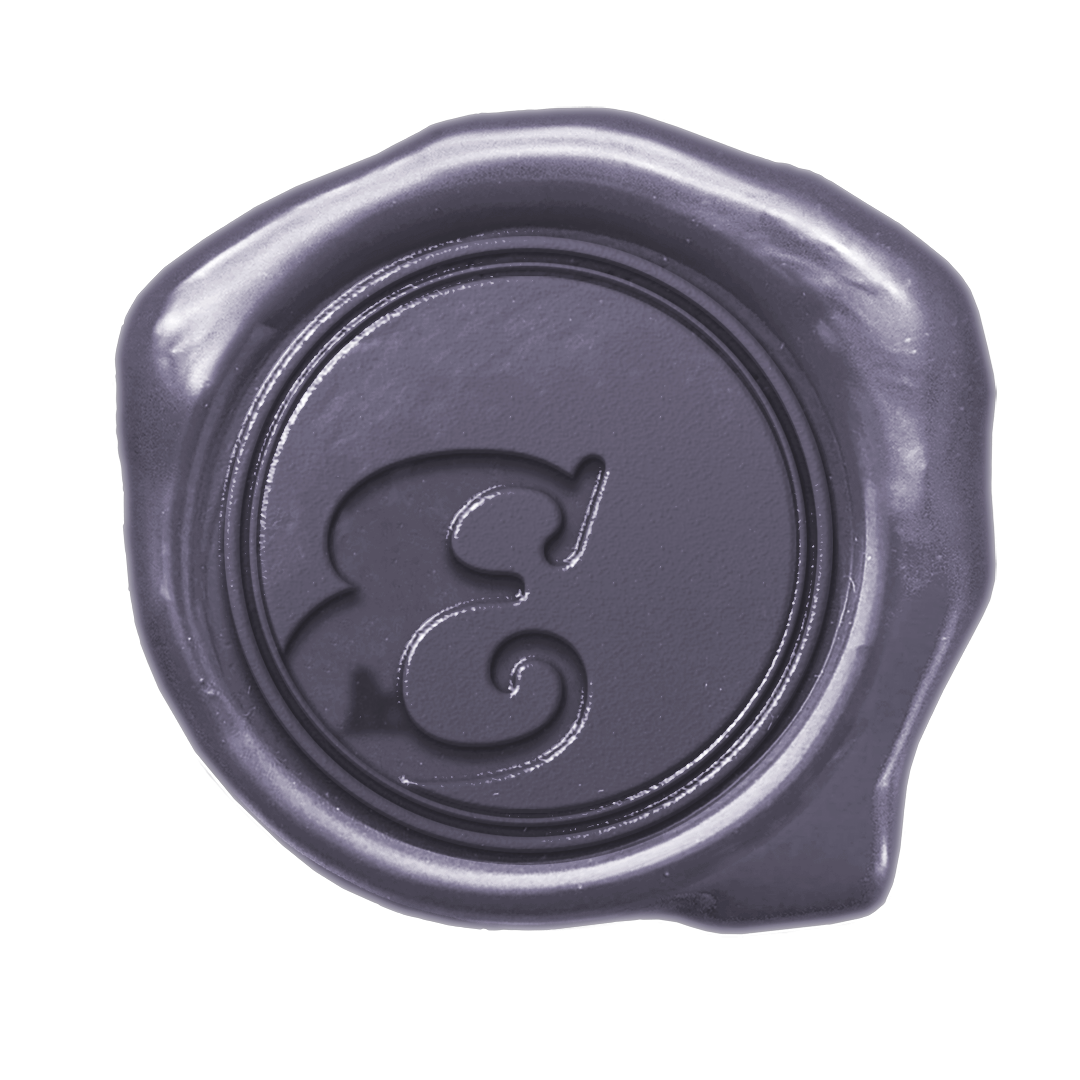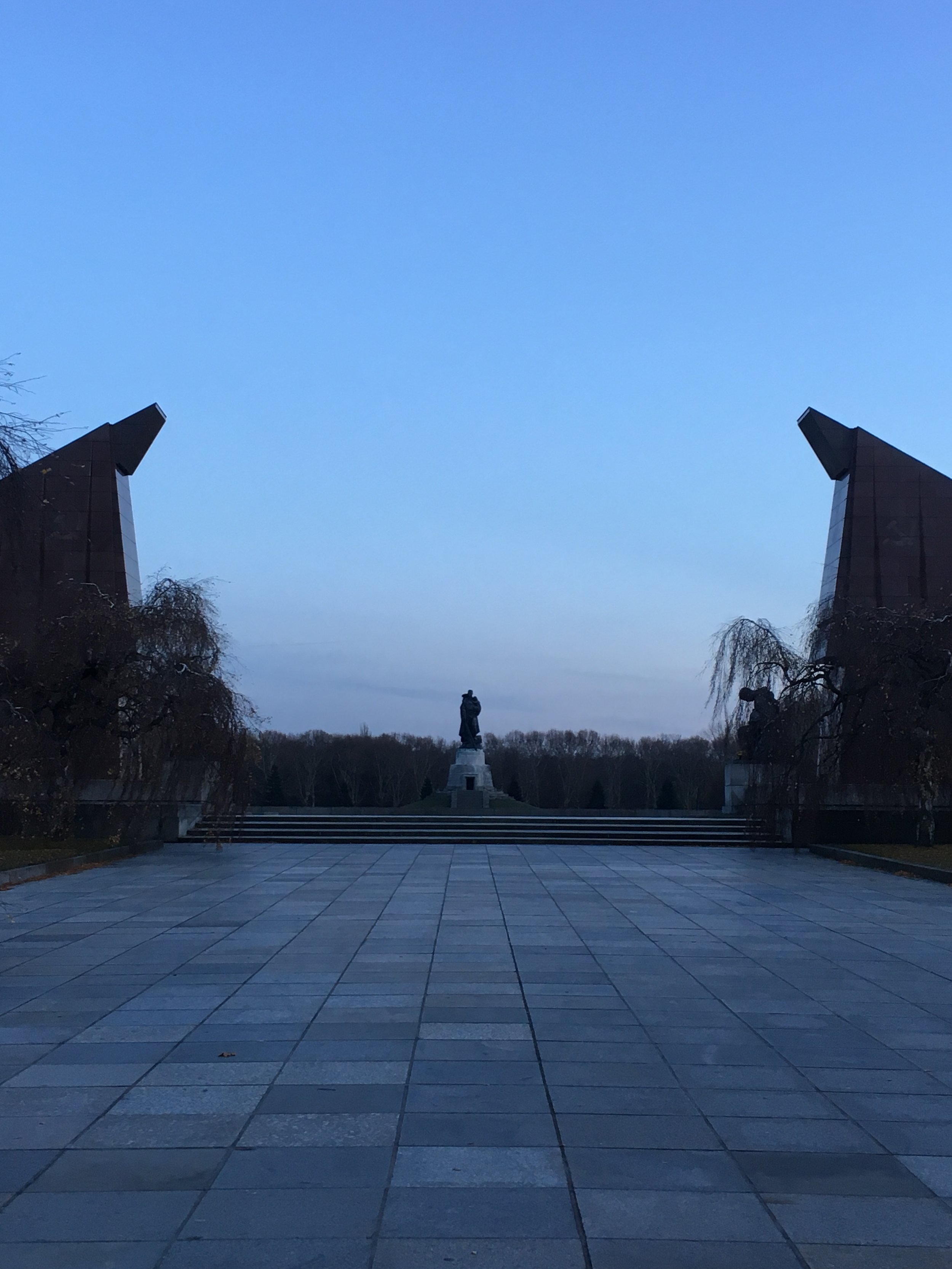Berlin, Berlin, Germany
Berlin, Berlin, Deutschland
Der Deutsche Bundestag, Berlin, Deutschland
Now, with these videos, you can hear the wind — that’s because it was windy and a cold as Empress Jadis’ palace. Nevertheless, I was able to see incredible sites even if the sun sank below the horizon at 16:45. I mean, it was December, after all. I didn’t want to visit Germany and not see its capital and some of its biggest landmarks. This was definitely one of those dreams come true as I’ve read about multiple places in Berlin during my German or history classes, so I was able to see so much that I wanted to see, which includes the German parliament building.
Here’s some German you can learn: die Regierung refers to “the government” and can also mean “rule” when it pertains to a monarchy. Der Bundestag means “the Lower Federal House of Parliament” as we may say Capitol Hill for the U.S. There’s also the Higher Federal House where the German president resides over the representation of the sixteen German provinces called der Bundesrat, I believe. But, the Bundestag holds the prime minister, Angela Merkel, who calls the real shots and where they make decision on legislation for the country.
Berlin is Berlin. I can’t give a brief history or summary as the city because, as most people know, it’s the capital and is absolutely filled with history and culture from Medieval era to the Cold War, which, you’ll learn more about from seeing my pictures and videos than me giving a summary. But what I can do is give some quick statistics:
There are 3.757 million people living here, making it the most populous city in Germany and seventh most populous in Europe
It is the largest city in square kilometers/miles in Germany
Has the world’s oldest, large-scale movie studio complex
Is a center of culture, history, and festivals
Berlin had a huge and impressive Weihnachtsmarkt, or Christmas market, which I talked about in my last post. I think what I find most interesting and pleasant about Berlin is its welcoming atmosphere — it has a huge LGBT presence, many synagogues/Jewish museums, is immigrant friendly, has great tourism opportunities, and amazing transit. I mean, the transit doesn’t really fit into the welcoming atmosphere exactly, but I always feel that it needs a shoutout.
Speaking of which, less than a block away from the Bundestag is a Holocaust monument because, as always, they never want to forget it. What I found most interesting about this was that on the outside were many different languages referencing the holocaust. But, one had to enter the monument in order to read it in German as if the designers wanted to force Germans to enter the monument and reflect on it more than others, but that’s just my take on it.
The Sini und Roma Denkmal (Sini and Rome Monument)
What I also found interesting was the Russian monuments everywhere. Not just Russian, but Soviet monuments, which is eerie as the USSR technically no longer exists as a formal nation. I’m torn on these monuments.
On one hand, the Russians lost both more civilian lives and soldiers’ lives than any other nation during WWII, so they deserve some recognition for their terrible losses. They also liberated the Germans from the reign of the National Socialists. On the other hand, they committed unspeakable atrocities against the Germans during WWII up until the fall of the Berlin Wall, so I also think that Russia can shove it, but again, that’s just my opinion.
From the top row down, we have the Soviet War Memorial in the Tiergarten and then the middle row and bottom row are of the Soviet War Memorial in Treptow. What’s interesting about the first is that it’s closer to the center of the city nearer where the wall would stand and close to the government building. What do they place there? Tanks, artillery, and a statue of a tall, domineering soldier as if to remind people that they have weapons and power.
The second monument is a softer side, or their attempt at it. The first statue middle right is of a grieving woman for the lost. the big soldier in the middle took me almost fifteen minutes to walk to. Two soldiers kneel on each side, one young and one older to represent the range of ages and backgrounds of soldiers who served. The final statue is of a soldier holding and saving a child. The sun was fading fast, so I couldn’t get the best picture, but if you look closely, the soldier isn’t wearing a helmet, showing us that he’s not rushing into battle or looking rough — it’s a soft side. Of course, this statue is surprisingly tall and rests on a hill, so they still want you to know that he’s strong enough to save people and he has a sword, so don’t mess with him.
Enough of Soviet monuments — my favorite monument to visit was the Siegessäule, or German Victory Column. Now, don’t associate this with what I know your mind is going towards. You’re probably thinking, “A victory column sounds awfully socialistic to me…” but it was constructed far before WWI, even. The concept came about in 1864 and by time it was finished, the Germans defeated France, Denmark, and Austria in a series of quick, successful wars that led to the unification of Germany into an empire. So a “victory column” truly meant what it was. Sadly, you can see some shrapnel damage to its base, but it remains intact.
The statue on top of the column represents three women:
Viktoria, the goddess of victory
Germania, mythical representation of Germany
The soldier’s wife dedicated to those who lost their lives for the victories
There are three levels to this that you can experience:
There’s the base level that’s free. The video above shows you this level. The missing panels is damage from the battle of Berlin.
You have to pay to see the next two levels, but I believe that it was only about €2.00, so nothing crazy. That also gets you into their little museum, which I loved (and there were outlets, so free charging if you brought a charger!). The second level had a mosaic, which is gorgeous.
The third level takes several, several flights of steps to get to and takes you straight to the top. But, since Berlin is a relatively flat city with very few tall buildings, this is an amazing view. It was freezing up there, so I’d like to go again when it’s warmer…
The Victory Column is reflected by the Brandenburger Tor or Brandenburg Gate, constructed by Friedrich Wilhelm II after the Thirty Years War in the late 1700’s. Emperor Napoleon used it to march through after his victory against the Prussians and when Napoleon was defeated, the gate was redefined as a victory arch against the French. It’s said that the royal family was only allowed to pass through the center archway, but when Hitler eventually took absolute power, guess who walked his presumptuous ass with his party for a rally through the center gateway? He did in defiance of the monarchy.
I notice that people mainly only take pictures of the front of the gate, but what about the backside and in-between the gates where people walk? Well, I got pictures of all of it!
Before I left, I was able to see two cold war monuments on a drizzly day, which was perfect for the mood. the first place was the Memorial Park for the Berlin Wall. This was a somber experience and was made that way by keeping up a section of the wall and then keeping up some of the iron rods. The symbolism is to show people the actual wall and how you can’t see across and then the iron rods is where the wall continued. You can see through while imagining the wall still being there, tearing their city and families apart from one another.
Some electronic boxes listed all the names of the 136 people who died at the wall for various reasons. This was hard to read and see because, again, it was a reminder of what the USSR did — they were the ones to put up a wall and monitor the people of East Berlin as if they were all guilty of something. The monument also had a small wall with various pictures of the people who had died at the wall. This adds a personal touch instead of separating it by simple statistics of a death toll.
The second place I saw was Checkpoint Charlie, or Checkpoint C, which got its name as it was the most well-known crossing point between east and west between 1947 and 1991. Today, there’s a reconstruction of it and it shows pictures of people who thought of so many different, clever ways to escape the east in cars and containers — all trying to escape to the west.
And this leads us to Ehron’s Takeaways:
A Must See: I think there’s probably a couple things you have to see and that would be the Bundestag and the Brandenburger Tor because those are national icons recognized around the world.
What I Recommend: You need to plan a little better than I did. I wanted to go inside the Bundestag, go to the Jewish Museum, and the Neues Museum (the one with Nefertiti’s bust). But all of these places required a ticket to be bought days before you arrived. I was used to just showing up and buying a ticket, so plan it out!
My Favorite Place: This would have to be the Siegessäule. It’s cheap to get into, has a cute little museum inside, and you can get a stunning view of the city. I also find the Viktoria statue to be mesmerizing on its own, so I would have to say that it was my favorite.
Thanks for reading.
Until next time, lovelies,
Ehron
























